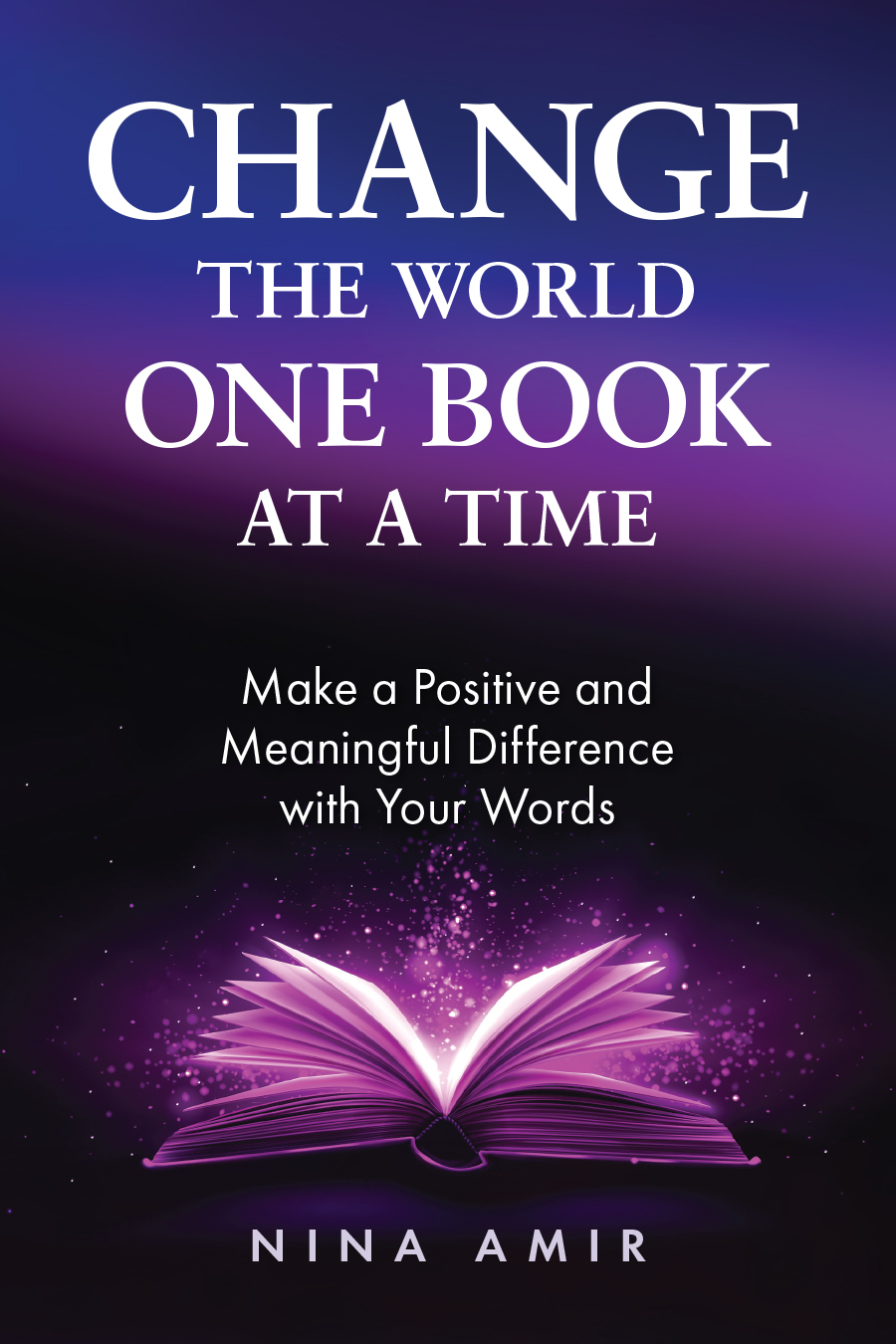I remember as a child sitting through the Passover seder each year with little sense of why I was there or what we were doing. I knew the Exodus story, but the actual celebration of Passover meant little to me. The only thing that got me out of the Mitzrayyim, the Hebrew word for Egypt, of the too-long ritual meal was drinking as much of the Manichewitz wine as the other children and I could without the adults noticing and sneaking bits of matzoh and charoset when we knew we weren’t supposed to be eating anything. We would get sillier as the evening wore on and were almost too giddy to consume the hard boiled eggs and matzoh ball soup we were served at the long-awaited start of the meal.
I continued celebrating Passover as a young adult more out of a sense of obligation than anything else. No matter where I lived, I would find somewhere to attend a seder, but other than feeling that I had done what “I was supposed to do” my observance of the holiday felt empty. Later, after marrying and having children, I began learning a bit more about the holiday and its symbolism, but I was more concerned with the fact that I couldn’t eat bread – my favorite food – for a week than I was about my ancestors being freed from slavery by a God with a mighty hand and an outstretched arm. In fact, except for the matzoh ball soup I ate just once a year – ‘till this day I wonder each year why I don’t make it more often –Passover felt devoid of anything meaningful or spiritual but full of a sense of being stuck in Mitzrayyim, a narrow place where I was enslaved by the rules and laws that went with the holiday.
As I began to host my own seders, and as my family became more ritually observant, Passover became a new type of Mitzrayyim. I had to figure out how to get from the slavery of housecleaning, reviewing haggadot and stressing over the actual seder leading to the other side of the Red Sea where I could return to “normal” living without fear of hametz in corners, making a ritual faux pas or accidentally ingesting something that puffs up when cooked. (See my article on this subject at http://www.jewishmag.com/112mag/passover-prep/passover-prep.htm)
These days, however, Mitzrayyim provides the meaning to my Passover observance and my seder. I find that revolving the week, as well as the seder, around the idea of moving through narrow places, tight situations and difficult experiences lends meaning to all aspects of the holiday remembrance. I have discovered that looking at how I come through these and become someone new – am reborn – gives me a chance to connect with who I am at a deep enough level to make the experience spiritual as well. And after all, during the telling of the Passover story, we are supposed to all feel as if we were there at the edge of the Red Sea and on the other side.
It’s easy enough to find those narrow places that exist in our lives right now or have in the past 12 months. I have been through the narrow place of finding a literary agent, my father-in-laws cancer and impending death, money issues, and struggles with time (not having enough) and work (having it take over my life and my husband’s life). I’ve been in the Mitzrayyim of needing to create a teleclass, finish a book proposal, write an article on deadline. Any or all of these are things I can place on the Passover table – the misbeach (altar) – for all to see and to hear my story. My story, and my guests’ stories become the new version of the Passover story. They bring us to that place of feeling the struggle of slavery – to anything or anyone – and, if we are already on the other side of the parted sea, and the joy of freedom as if we were, indeed, there with those we read about in the Torah and with the story we retell in the Haggadah. It causes us to be present…now and then.
This practice, this new ritual, this focus, gives the holiday, the seder and the retelling of the story meaning for me and for my family and friends.
And, it reminds us to have faith that we will, indeed, come out of the tight place. All we need is to trust like Nachshon, who entered the waters of the Red Sea even when Moses could not part the waters with his words or his staff. He walked into the water until it was up to his nose and he couldn’t take another breath without drowning. And then the waters parted. His faith caused the miracle to occur. And our faith can do the same today, now, in this moment, or the next time we feel ourselves squeezed, in a tight place, between a rock and a hard place, in Mitzrayyim.
And this brings into the observance of Passover and the ritual seder a sense of spirituality.
Thus, for me at least, revolving my Passover observances around this idea transforms the cleaning, the food restrictions, the seder – all the elements of this holiday – from empty observances to both meaning-full and spirit-full ones. And, I’m released from the Mitzrayyim I’ve experienced around this holiday in the past. Ah…Another tight place from which I have escaped, been released, been freed, to share, and one which I can place on the Passover table with the others.
(I’m sorry to stay that I remain in Mitzrayyim, however, when it comes to not eating bread for a week…)
Happy Pesach!


